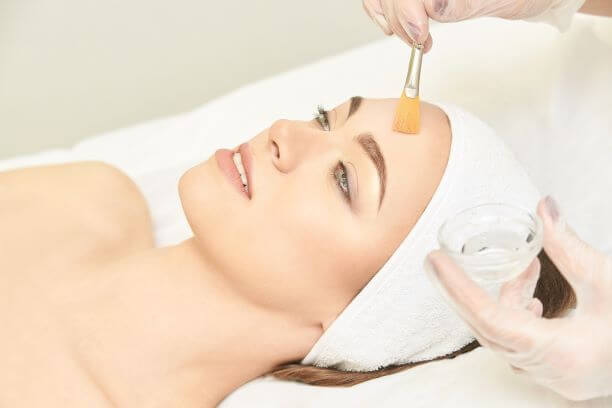Acne scars can be a persistent and frustrating concern for many individuals, affecting both their physical appearance and self-confidence. In Dubai, salicylic acid peeling is a popular cosmetic treatment known for its ability to address acne, control oil production, and improve skin texture. But can salicylic acid peeling help with acne scars? Let's delve into this question and explore the effectiveness of Salicylic Acid Peeling in Dubai for acne scars.
Understanding Acne Scars
Before delving into the effectiveness of salicylic acid peeling for acne scars, it's essential to understand the different types of acne scars:
1. Atrophic Scars
These scars appear as depressions or pits in the skin and are caused by a loss of tissue during the healing process of acne lesions.
2. Hypertrophic and Keloid Scars
These scars result from an overproduction of collagen during the healing process, leading to raised or thickened areas of skin.
3. Post-Inflammatory Hyperpigmentation (PIH)
While not technically scars, PIH refers to dark spots or discoloration left behind after acne lesions heal.
Effectiveness of Salicylic Acid Peeling for Acne Scars
1. Exfoliation and Skin Renewal
Salicylic acid is a beta hydroxy acid (BHA) known for its exfoliating properties. When applied to the skin, it penetrates deep into the pores, unclogs them, and promotes the shedding of dead skin cells. By accelerating skin cell turnover, salicylic acid peeling can help fade the appearance of post-inflammatory hyperpigmentation and improve overall skin texture.
2. Collagen Stimulation
While salicylic acid peeling primarily targets the superficial layers of the skin, it can also stimulate collagen production in the deeper layers. This collagen stimulation can help improve the appearance of atrophic acne scars by filling in depressions and smoothing out the skin's surface over time.
3. Reduction of Inflammation
Salicylic acid has anti-inflammatory properties that can help reduce redness and swelling associated with acne scars. By calming inflammation, salicylic acid peeling may minimize the appearance of hypertrophic and keloid scars, making them less noticeable.
4. Prevention of Future Breakouts
One of the key benefits of salicylic acid peeling is its ability to control oil production and unclog pores. By keeping the pores clear and preventing new acne lesions from forming, salicylic acid peeling can help prevent the formation of additional acne scars.
Considerations and Limitations
While salicylic acid peeling can be effective for improving the appearance of acne scars, it's essential to manage expectations and understand the limitations of the treatment:
1. Depth of Scarring
Salicylic acid peeling is most effective for treating mild to moderate acne scars, including post-inflammatory hyperpigmentation and shallow atrophic scars. Deeper or more severe scars may require more intensive treatments such as laser therapy or microneedling for significant improvement.
2. Multiple Sessions
Achieving noticeable results with salicylic acid peeling often requires multiple treatment sessions spaced several weeks apart. Consistency and patience are key to seeing gradual improvements in acne scars over time.
3. Sun Protection
Protecting the skin from UV radiation is crucial during and after salicylic acid peeling to prevent sun damage and hyperpigmentation. Daily use of sunscreen with a high SPF is essential to maintain the results of the treatment and protect the skin from further damage.
Conclusion
While salicylic acid peeling can help improve the appearance of acne scars, its effectiveness depends on various factors, including the type and severity of the scars, the number of treatment sessions, and adherence to post-treatment care. Consulting with a qualified dermatologist or skincare professional is essential to determine if salicylic acid peeling is suitable for addressing your specific acne scars and to develop a personalized treatment plan.






Comments